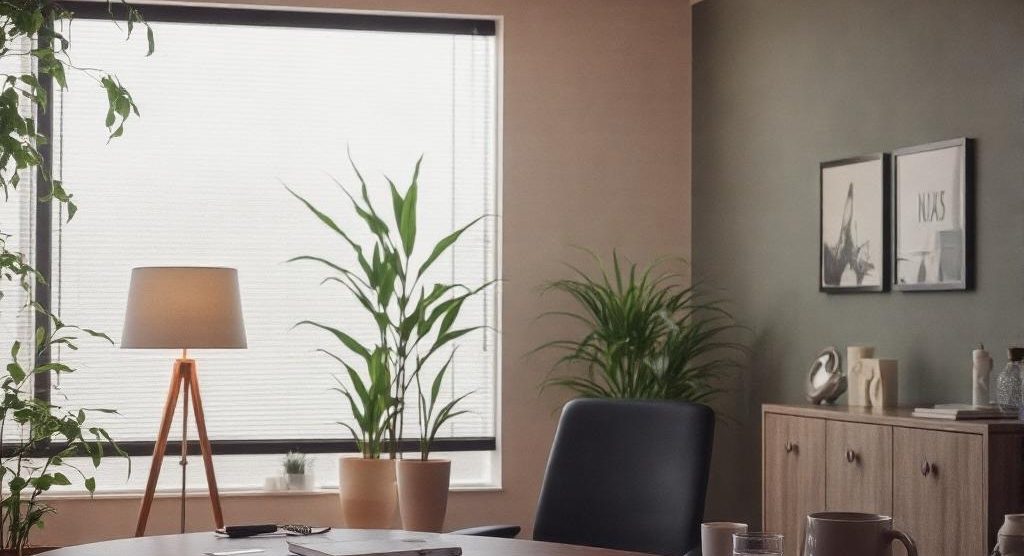How Office Noise Affects Productivity and How to Fix It
Noise in the workplace is more than just a minor annoyance; it can significantly impact focus, morale, and productivity. With employees reporting sound distractions as one of the top workplace complaints, it’s clear that office noise is an issue organizations can’t ignore.
This blog explores the profound effects of noise on productivity and offers actionable solutions to improve the soundscape of your office. Whether you’re an office manager striving for a more focused environment or a workspace designer creating optimal layouts, these practical strategies and real-life case studies will help you address this growing challenge.
The Impact of Noise on Focus and Productivity
Unchecked workplace noise is not only distracting but also detrimental to performance. Studies conducted by the American Psychological Association reveal that continuous background noise reduces cognitive performance, causing stress and disrupting tasks that require sustained focus.
Cognitive Interference
Tasks like data analysis, writing, or strategic planning require deep focus. However, noise – whether it’s colleagues chatting, phones ringing, or ambient sounds like HVAC systems – can diminish concentration. Research from “The Journal of Environmental Psychology” shows that moderate noise levels can decrease information processing accuracy by over 30%.
Stress and Fatigue
Constant noise can trigger stress responses, including increased heart rates and higher cortisol levels. Workers in noisy environments often report energy drain and higher fatigue levels, which can lead to burnout and absenteeism if left unchecked.
Impaired Collaboration
Ironically, in open-plan offices designed to foster collaboration, excessive noise often stifles meaningful team discussions. Employees may avoid brainstorming sessions or even retreat to quieter spaces instead of engaging, defeating the purpose of the design.
Soundproofing Strategies for Offices
Investing in soundproofing solutions doesn’t have to break your budget. These strategies can create a noticeable improvement in noise management:
Acoustic Panels and Materials
Install acoustic panels on walls or ceilings to absorb sound and reduce echo. Modern materials such as wool, foam, or fabric-based panels are both effective and aesthetically versatile for blending with your office decor.
Sound Masking Systems
Sound masking technology introduces low-level, ambient sounds that drown out distractions. These systems are particularly effective in large, shared spaces like co-working environments.
Strategic Flooring Choices
Carpet flooring and area rugs absorb sound better than hard surfaces like tile or hardwood. Acoustic flooring options, which include extra padding, can also reduce the transmission of footsteps and movement-related sounds.
Quiet Zones
Create designated “quiet zones” where employees can work without interruption. These areas should be clearly marked and separated by soundproof partitions to maintain their purpose.
How Open-Plan Offices Can Mitigate Noise
Open-plan offices are notorious for being noisy environments, but they remain popular because of their cost efficiency and potential to build collaborative cultures. Here’s how to tweak these spaces for better sound control:
Acoustic Zoning
Divide open-plan offices into zones based on activity. Use movable partitions, tall bookshelves, or plants to minimize sound transfer between collaborative areas and quiet workspaces.
Desk Arrangements
Position desks to minimize direct pathways for noise. Back-to-back desk setups or clustering desks in pods can limit the impact of conversations on surrounding employees.
Phone Booths and Meeting Pods
Install phone booths or enclosed pods within the office. These spaces allow employees to take calls or hold small meetings without disrupting others.
Noise-Reducing Furniture
Select furniture with sound-absorbing materials. Privacy screens, upholstered chairs, and padded dividers are all excellent choices for minimizing ambient noise.
Case Studies of Companies Improving Acoustic Design
To see these principles in action, here are examples of companies that successfully tackled noise issues by adopting acoustic design strategies:
Google’s “Focus Pods”
Google understands that innovation thrives in distraction-free environments. To address high noise levels in its NY office, the company introduced “focus pods” – enclosed workstations equipped with sound-absorbing materials and adjustable lighting. This initiative reduced employee complaints about noise by 40% and improved performance metrics on focus-intensive tasks.
Cisco’s Acoustic Overhaul
Technology giant Cisco redesigned its offices to address widespread noise concerns. By incorporating carpet tiles, suspended acoustic panels, and smart sound masking systems, Cisco transformed its open spaces into peaceful business hubs. Post-renovation surveys reported a 25% increase in employee satisfaction with workspace acoustics.
Improving Office Acoustics for Better Productivity
Managing office noise is critical to creating a workspace where employees can thrive. By understanding how noise impacts productivity and by implementing practical soundproofing techniques, organizations can create an environment where focus and collaboration coexist seamlessly.
Whether you’re dealing with the chaos of an open-plan office or looking to improve the acoustics of an existing layout, there’s no one-size-fits-all solution. However, combining proven strategies – such as acoustic zoning, sound masking, and carefully selecting materials and furniture – can dramatically improve employee well-being and productivity.
Need expert guidance on reshaping your office acoustics? Get in touch with workspace design specialists or explore innovative soundproofing solutions tailored to your needs. Don’t wait – start improving the productivity of your workspace today!

Do not hesitate to contact us
Get in touch, if you have any question
